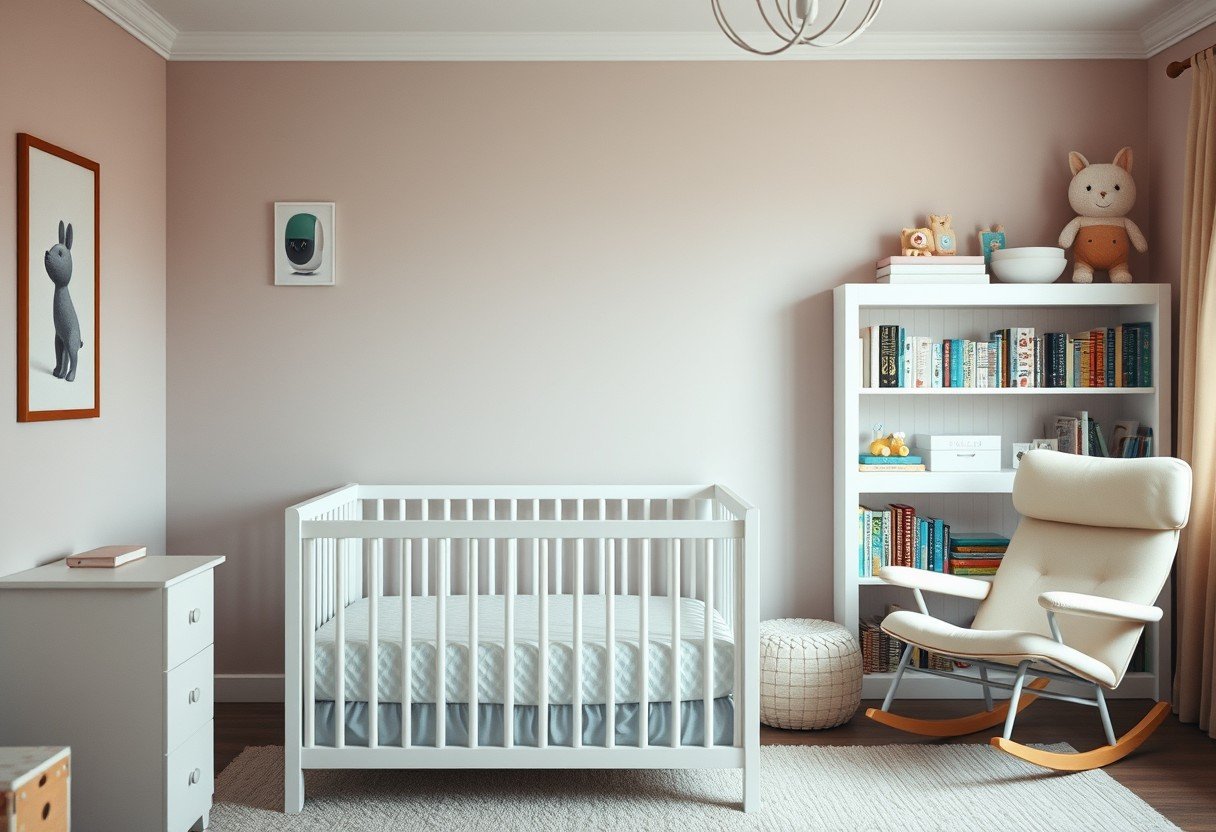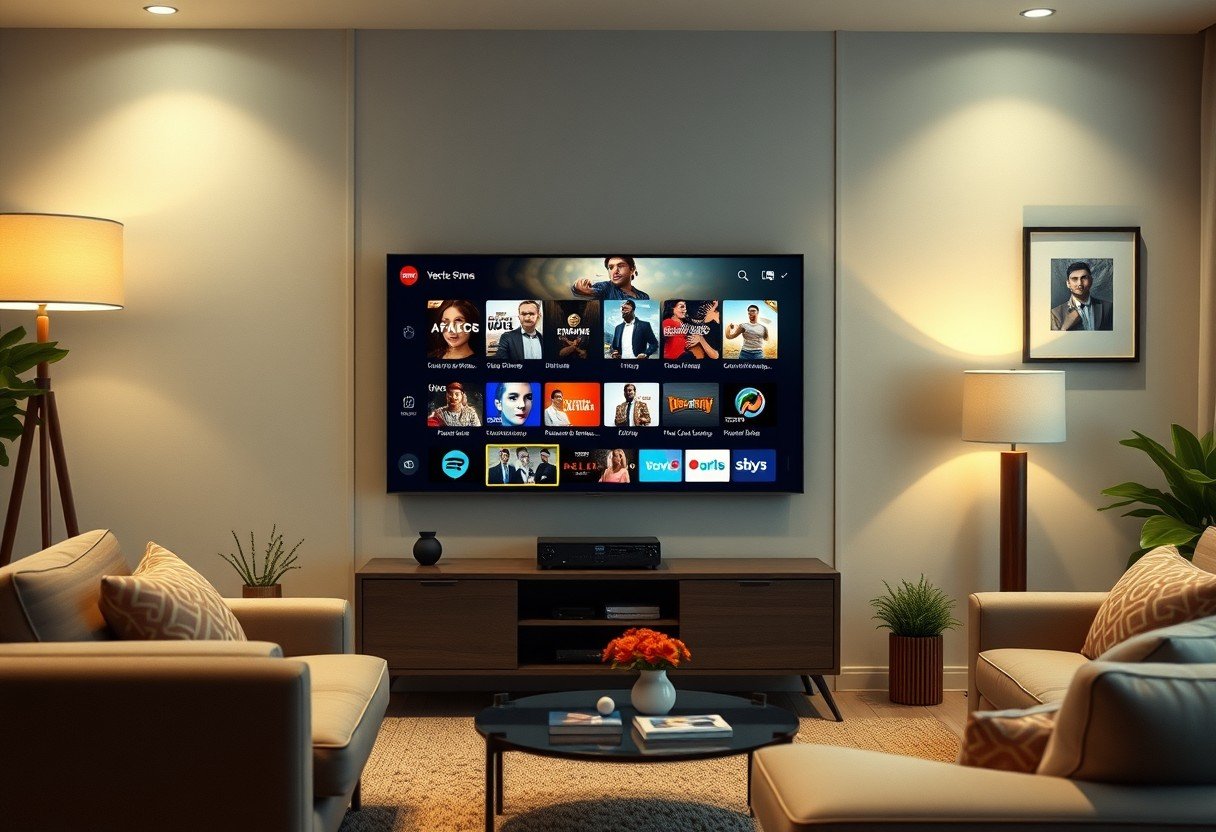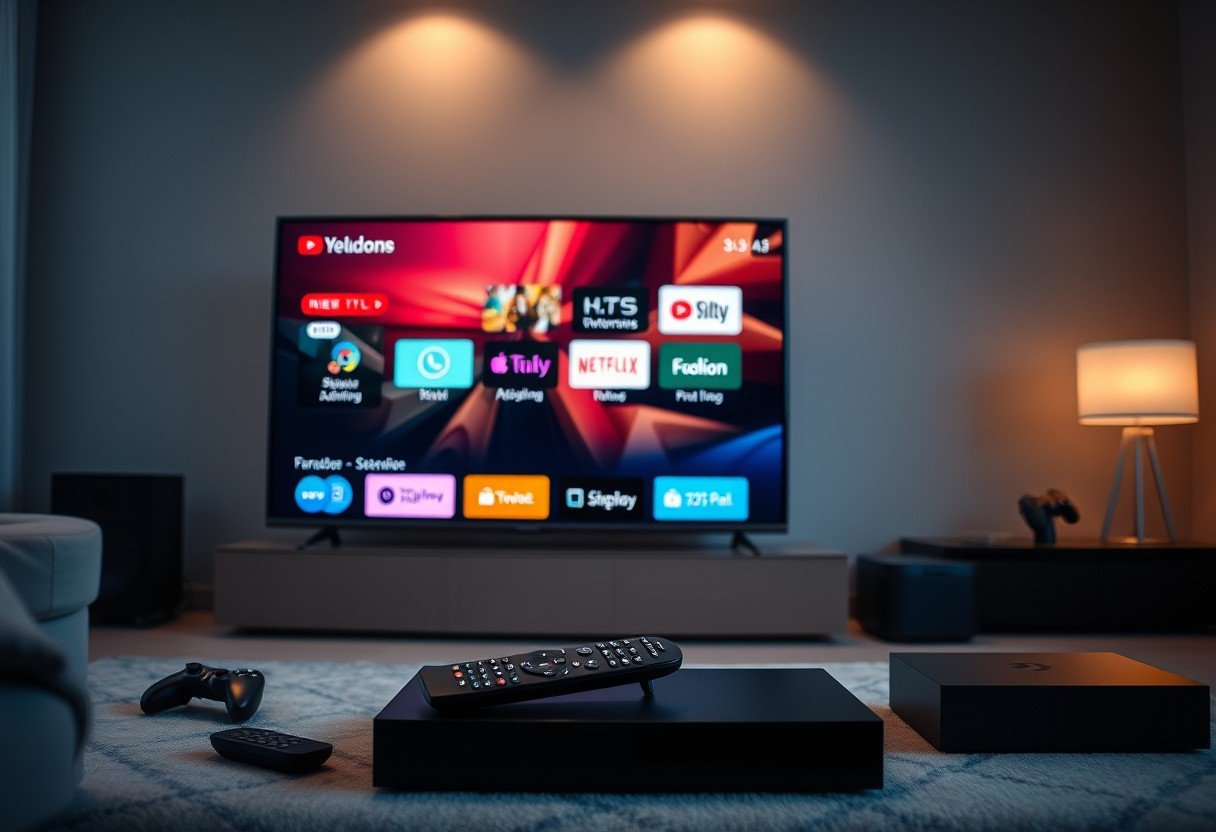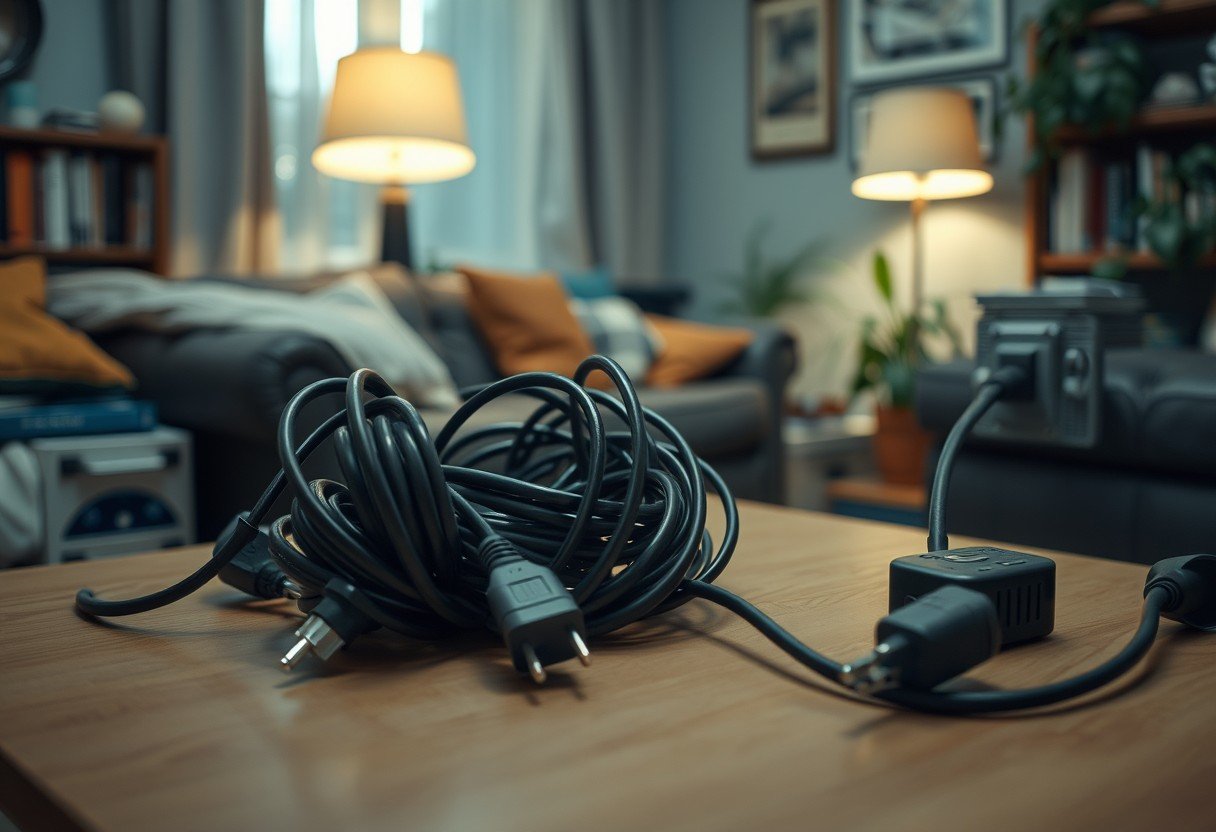Deciding if you need a baby monitor depends on your home, your routine, your baby, and your comfort. What matters most is safe sleep and timely response, whether you use a device or not. Parents can choose a monitor at home or go without and rely on other methods. You can decide at any time, even after birth. The right choice is the one that helps you stay calm, respond fast, and keep your baby safe.
Pros and Cons of Baby Monitors
Baby monitors can help you hear or see your baby when you are in another room. They can reduce worry and let you do chores or rest while staying alert. Some models add sleep tracking and room temperature. Monitors add peace of mind, but they also add alerts that are not always helpful.
False alarms are common with movement and wearable monitors. This can raise stress and disturb sleep. The American Academy of Pediatrics states that consumer heart rate and breathing monitors do not prevent SIDS and should not replace safe sleep practices.
Cost is another factor. Basic audio models are budget friendly, while smart video and wearables can be costly over time. Think about value, not just features. A simple unit may be enough for a small home.
Privacy and setup are real concerns. Video devices that connect to the internet need strong passwords and updates. If you dislike tech management, an audio only model or no monitor may fit better.
Monitor Types and What They Offer
Different monitors solve different needs. Audio is simple and reliable. Video adds context, like whether your baby is fussing or truly awake. Smart models stream to your phone, and wearables track metrics.
Pick the least complex tool that solves your real problem, not the flashiest one. If your challenge is hearing cries from the yard, audio may be perfect. If you want to check position or see if a cry is brief, video helps.
Prices vary by type and brand. Typical retail ranges below are based on common listings from large retailers in the United States in 2024. Always check current prices in your area.
| Type | What You See or Hear | Typical Price | Key Benefit | Watch Out For |
|---|---|---|---|---|
| Audio | Sound only | 20 to 60 dollars | Simple and reliable | Less context |
| Video | Live picture and sound | 100 to 250 dollars | See behavior and position | Higher cost |
| Smart WiFi | App streaming and alerts | 150 to 400 dollars | Remote access and features | Privacy and setup needs |
| Wearable | Heart rate or pulse ox | 200 to 350 dollars | Extra metrics | False alarms and anxiety |
| Movement Pad | Movement in crib | 100 to 250 dollars | Detects stillness | Frequent false alerts |
Home Layout and Lifestyle Fit
Start with your floor plan. In a small apartment, open doors may be enough to hear your baby. In a large or multi level home, a monitor can cover distance and noise. Match the tool to your space, not the other way around.
Think about where you spend time during naps and nights. If you work in a garage or yard, audio range matters. If you rest in a basement family room, video can help you decide when to go upstairs.
Consider your sleep style. Deep sleepers often like a monitor with clear sound alerts. Light sleepers may prefer a gentle light indicator to avoid frequent jolts awake.
Your daily rhythm matters too. If older kids, pets, or cooking sounds often mask quiet cries, a monitor can be useful. If your home is quiet and compact, simple check ins may be best.
Baby Age and Development Stages
Needs change fast in the first year. Newborns sleep in short cycles and wake often. Room sharing for at least 6 months, and ideally up to 1 year, is recommended by the American Academy of Pediatrics. Room sharing without bed sharing lowers risk of sleep related death, according to AAP 2022 guidance.
Older infants start rolling, crawling, and pulling to stand. Video helps you see if your baby is stuck or just practicing. For toddlers, a monitor can help you catch climbing or attempts to leave the crib.
Remember the goal is safe sleep. Place your baby on the back on a firm, flat surface with no soft bedding. The CDC reports about 3,400 sudden unexpected infant deaths occur each year in the United States, so safe sleep habits matter more than any gadget.
As your baby grows and sleeps through the night, you may use the monitor less or retire it. Your comfort and your child’s stage should guide that change.
Alternatives That Work Without a Monitor
You can skip a monitor and still stay responsive. Many families use simple routines that fit their home and budget. What counts is a plan you can follow every day and night.
- Room sharing so you can hear and see your baby without gear.
- Open doors and planned check ins every 15 to 30 minutes during naps.
- Baby wearing during the day for closeness and easy soothing.
Place the crib near your room for the first months so you can respond fast. Keep walkways clear at night to reduce trips and falls when you go for a check. If you use white noise, set the level so you can still hear your baby.
Ask your partner or a caregiver to share duties. Short shifts can reduce fatigue and improve response time. If your home has thick walls, a simple intercom can help without adding video.
Privacy and Safety Facts for Connected Devices
Smart cameras and apps are useful but need care. Change default passwords, turn on two factor sign in, and update firmware. Use WPA2 or WPA3 on your router and create a guest network for cameras. Good setup and strong passwords reduce risk more than any single brand choice.
Place cameras inside the nursery only and avoid pointing at windows or public areas. Turn off features you do not use, like cloud recording or remote access. If you feel uneasy, choose a local only video unit with a dedicated parent screen.
There is no proof that consumer vital sign monitors prevent SIDS. This comes from the American Academy of Pediatrics policy on safe sleep. Focus on proven steps like back to sleep, firm mattress, and a smoke free home.
If your internet is unreliable, a non WiFi model or an audio only unit is more dependable. Reliability often matters more than extra data.
Decision Checklist for New Parents
Use this quick process to decide now or revisit later. It works for apartments and large homes alike. Answer honestly and choose the smallest solution that meets your need.
- Map your space and note where you cannot hear your baby during naps and nights.
- List your top worry, such as missing cries or needing to see movement.
- Match the need to a tool, starting with audio, then video, then smart only if needed.
- Set safe sleep basics first, then add tech if it truly helps you respond faster.
Recheck after major changes, like moving rooms or when your baby starts rolling or standing. If stress rises due to false alerts, scale back features. If you sleep better with a simple monitor, that is a win.
Budget matters too. Audio monitors often cost 20 to 60 dollars, while smart kits can reach 400 dollars plus subscriptions. Choose what helps, not what crowds your mind.
FAQ
Is It Okay Not To Use A Baby Monitor?
Yes. In a small home or with room sharing, many parents hear their baby without a device. Choose safe sleep and timely checks, and add a monitor only if it improves response.
Do Baby Monitors Prevent SIDS?
No. The American Academy of Pediatrics states that consumer monitors do not prevent SIDS. Follow safe sleep guidelines and use monitors only as a support tool.
When Does A Baby Monitor Help Most?
It helps in larger homes, multi level layouts, or when you are in the yard or garage. Video is also helpful when babies start rolling or standing and you need quick context.
What Are Good Alternatives To A Monitor?
Room sharing, open doors, and planned check ins work well. Baby wearing during the day also keeps your baby close while you move around.
How Can I Keep A Smart Monitor Private And Safe?
Use strong unique passwords, two factor sign in, and router security like WPA2 or WPA3. Keep firmware updated and turn off features you do not use.
How Much Should I Budget For A Monitor?
Audio units are often 20 to 60 dollars. Video runs 100 to 250 dollars, and smart or wearable options can be 150 to 400 dollars plus possible monthly fees.








Leave a Comment